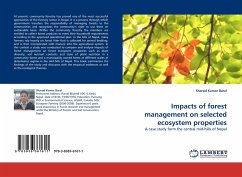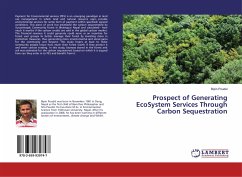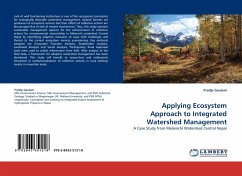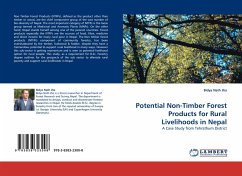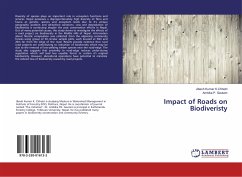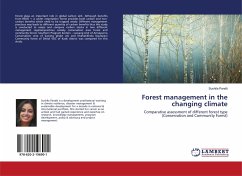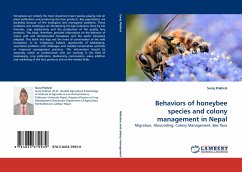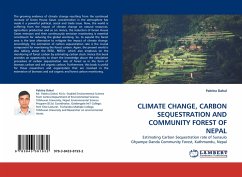At present, community forestry has proved one of the most successful approaches of the forestry sector in Nepal. It is a process through which government transfers the responsibility of managing forests to the communities and recognizes the community s right to use them on sustainable basis. Within the community forestry the members are entitled to collect forest products to meet their household requirements according to the approved operational plan. In the hills of Nepal, many farmers rely heavily on forest litter that is collected for animal bedding, and is then incorporated with manure into the agricultural system. In this context a study was conducted to compare and analyze impacts of forest management on forest ecosystem properties such as plant diversity, soil nutrient contents and state of plant nutrition in a community forest and a municipality owned forest at different scales of disturbance regime in the mid-hills of Nepal. This book summarizes the findings of the studyand discusses with the empirical evidences as well as the ecological theories.

